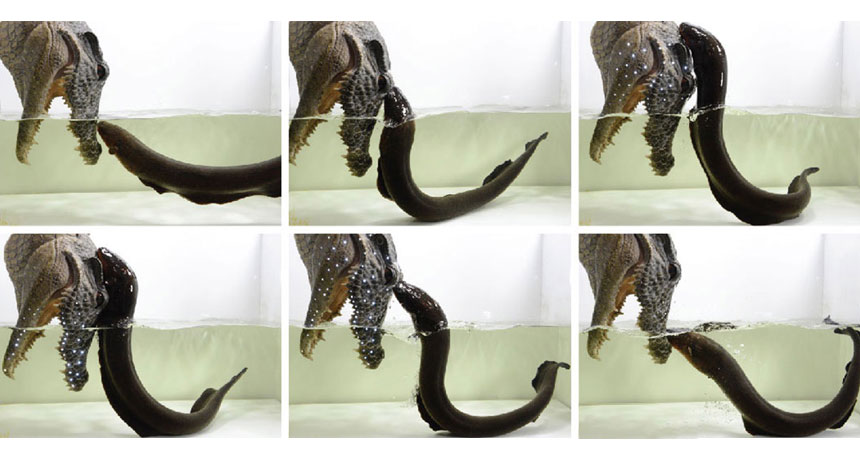(for more about Power Words, click here)
aluminum A metallic element, the third most abundant in Earth’s crust. It is light and soft, and used in many items from bicycles to spacecraft.
amperage The strength of an electrical current. This is measured in amps.
biology The study of living things. The scientists who study them are known as biologists.
electric eel A fish that can deliver incredibly strong electric shocks. Electric eels live in dark, murky rivers in South America, such as the Amazon.
electric discharge A flow of charge, called electricity, through a medium such as a gas. Lightning is a good example of such a natural electric discharge on Earth.
LED (light-emitting diode) A type of semiconductor device that produces light.
naturalist A biologist who works in the field (such as in forests, swamps or tundra) and studies the interconnections between wildlife that make up local ecosystems.
predator (adjective: predatory) A creature that preys on other animals for most or all of its food.
Proceedings of the National Academy of Sciences A prestigious journal publishing original scientific research, begun in 1914. The journal's content spans the biological, physical, and social sciences. Each of the more than 3,000 papers published each year, now, not only is peer reviewed but also approved by a member of the U.S. National Academy of Sciences.
voltage A force associated with an electric current that is measured in units known as volts. Power companies use high-voltage power lines to move electric power over long distances.








